My childhood days were spent not too far from Hesarghatta, in the most beautiful location of BEL quarters. Cycling down to Hesarghatta which was 12 kms from home as the crow flies, was almost the same distance to reach there through fields and narrow walking paths. During the 70s, Bangalore was known as the ‘pensioners paradise’. The city was nostalgically attractive. There were birds all around in Hesarghatta, and I never paid attention to any of them. Finding a place to unpack a loaf of bread and spreading ketchup and jam mash-up was a very interesting activity. Never noticed the birds.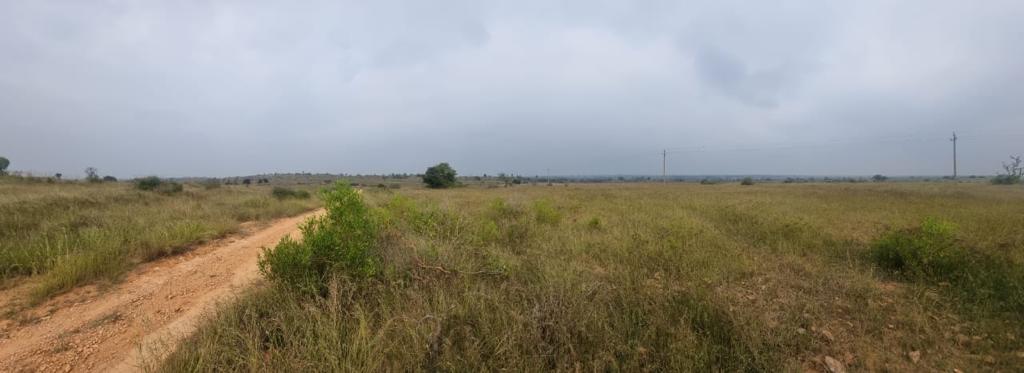
It was during the June of 2012, I started scouting for birds in the grasslands. Clement Francis showed me the birds of Hesarghatta. Clement is a topnotch bird photographer. I was amazed at his skills. He could identify every bird there and explained their features and behaviour. We roamed around the grasslands in our car and upon sighting a raptor on the ground, Clement would approach the bird from the car, going around it in wide circles and gradually reducing the distance from the bird. As I sat on the passenger seat with my lens rested on the car door, Clement the hissed to me ‘don’t make eye contact with the bird… and don’t make any large movement with your hands and parked the car about, at the comfort-distance and with the sunlight behind us. He approached the bird with such skill that it never felt threatened as he mumbled the ideal camera settings, under his breath, for perfect photographs. He gave me very valuable lessons in approaching the various species of the grasslands, while advising on the ideal light conditions and inculcated patience in making handsome pictures.
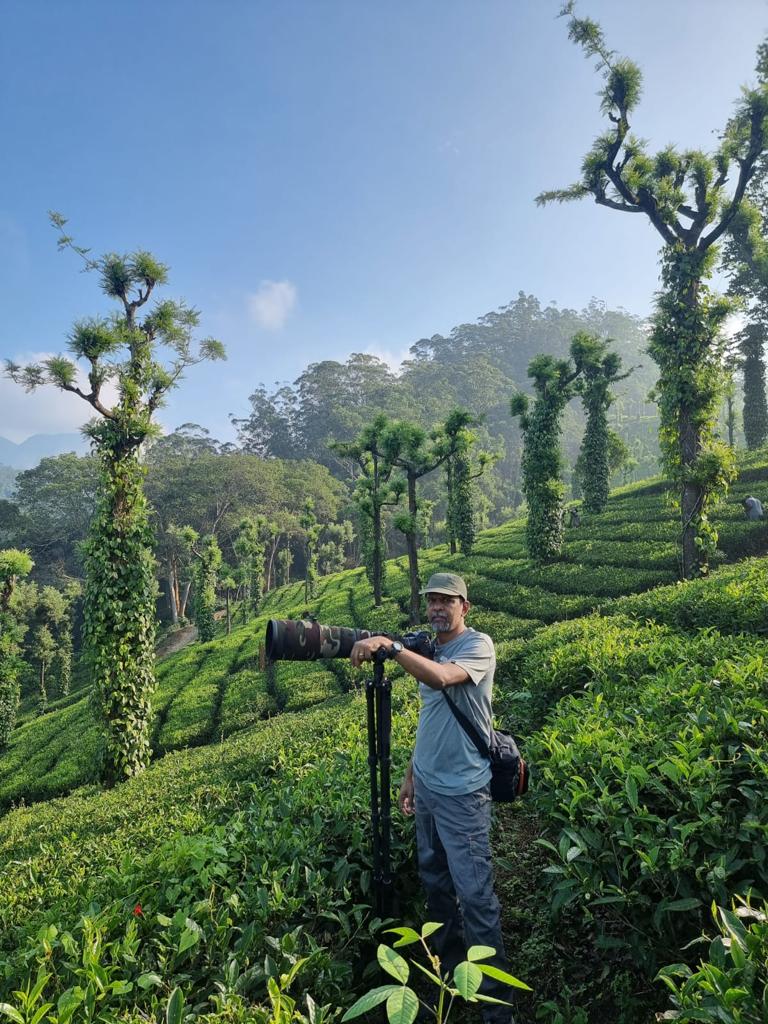
Clement Francis
He highlighted the need to shoot near perfect raw images that it required minimal use of photoshop and insisted to present the bird as you saw them. Never alter the colour of the birds was his motto. He insisted WISYWIG…. ’what I saw is what I got’. He himself makes such magical pictures and his pictures are inspiring to most of the bird photographers in India.
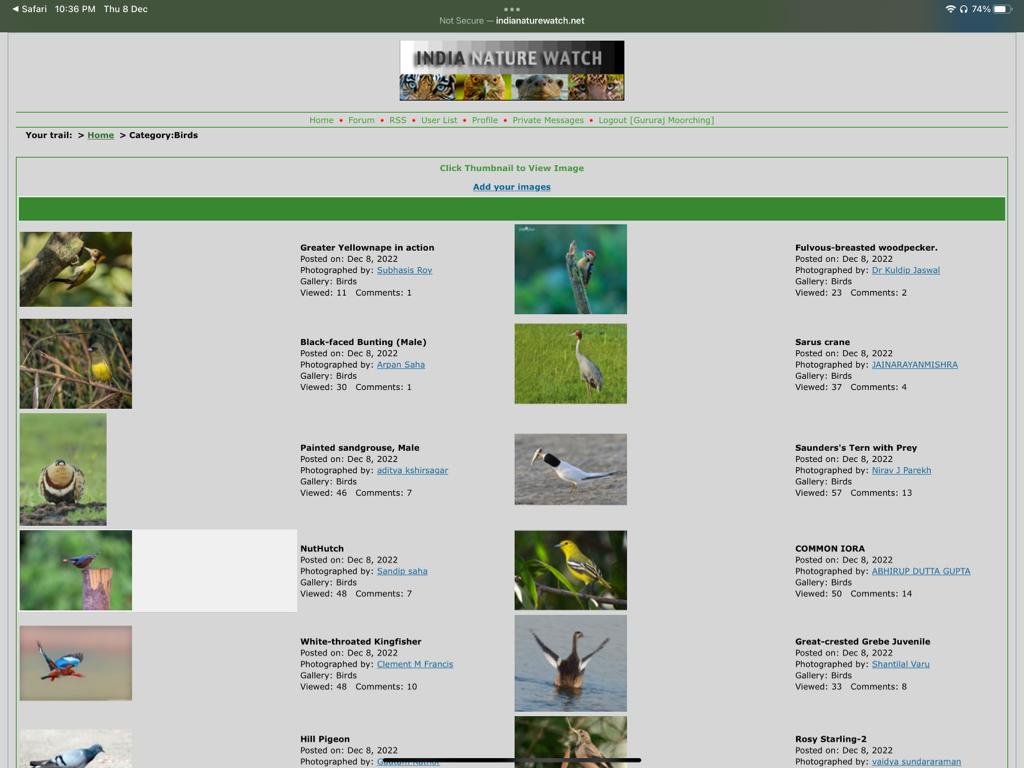
India Nature Watch
Those were the times when the famous wildlife website of India ‘India Nature Watch’ had become very popular. It was a treat to watch Clement and various enthusiasts from all over India post pictures as members could post one picture a day. Information on location and camera settings were also posted beside the photograph. It was a huge boon for beginners like me. Birds and Mammals of India popped on your desktop each day. The digital camera era was ushered in with discussions on the prowess of gear that was a learning experience to all the budding photographers. India Nature Watch, popularly known as INW, had offered a veritable platform to amateur and professional photographers alike and to several dreamers, a desire to travel in India and experience wildlife.
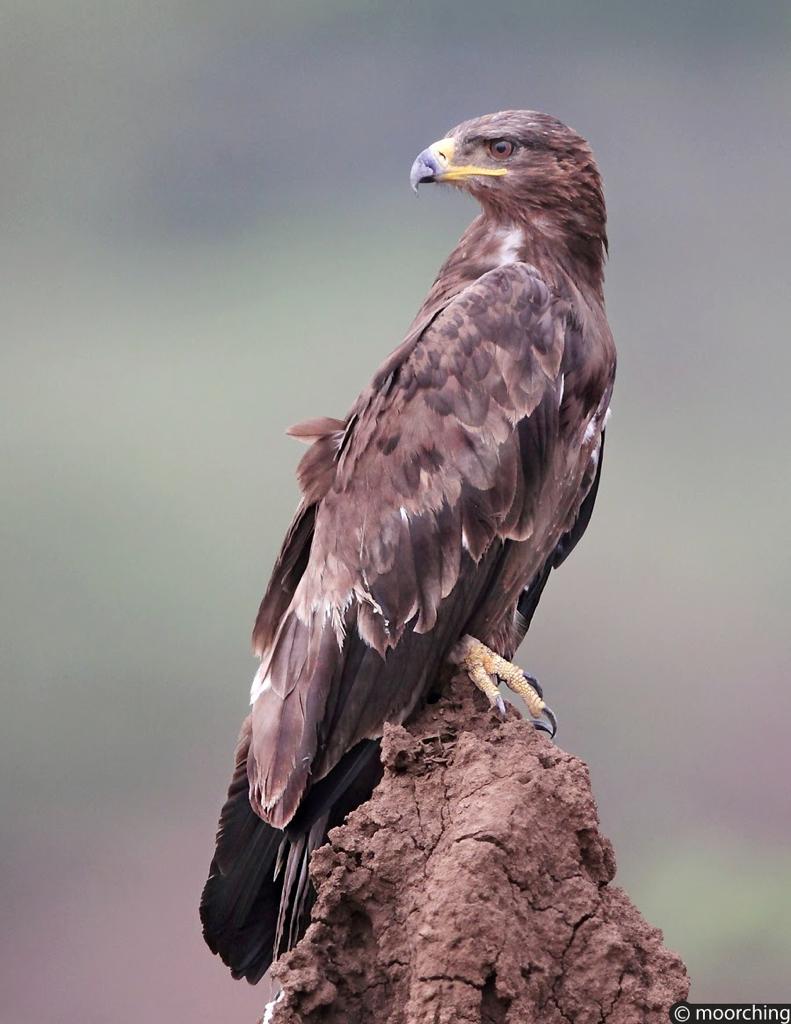
Tawny Eagle
I visited Heasarghatta grasslands thrice with Clement and never missed seeing Kiran Poonacha in his white Scorpio. He was always a lone birder and he was popularly known as the Raptor King of India. He is totally accomplished and during recent years, I have watched several presentations made by him on the raptors of India. Every bird photographer wanted to make pictures like Kiran. He has a huge influence on raptor lovers.
During such trips, Clement spoke to me about the birds of India and their struggles due to habitat loss and the dangers of using pesticides on crops. As an example he pointed out to the defective knees of some of the Paddyfield Pipits. There were horrifying stories and yet the birds continued their battles and successfully raised their families. One such story impacted me in a huge way.
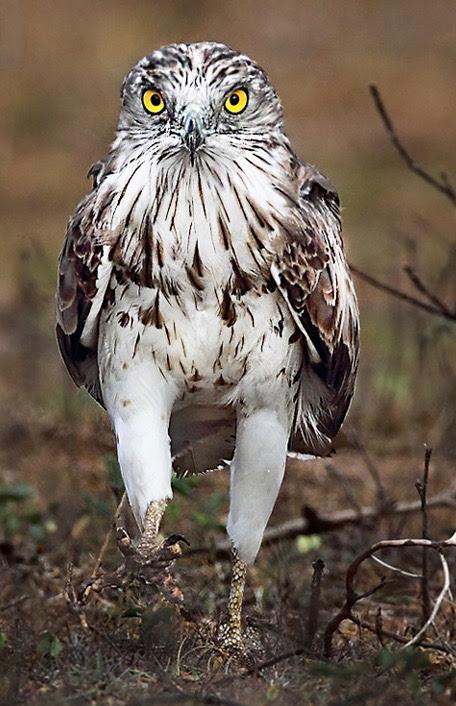
The story of Spoon-billed Sandpiper. A tiny bird which travelled between the Tundra and the South Asiatic regions. While they breed in Tundra, they migrate southwards during winters. The migratory route of this tiny bird is 8000 kilometres. Just 200 pairs of this birds existed back then. Now due to human intervention and adapting a captive breeding programmes the population are reaching to a decent number.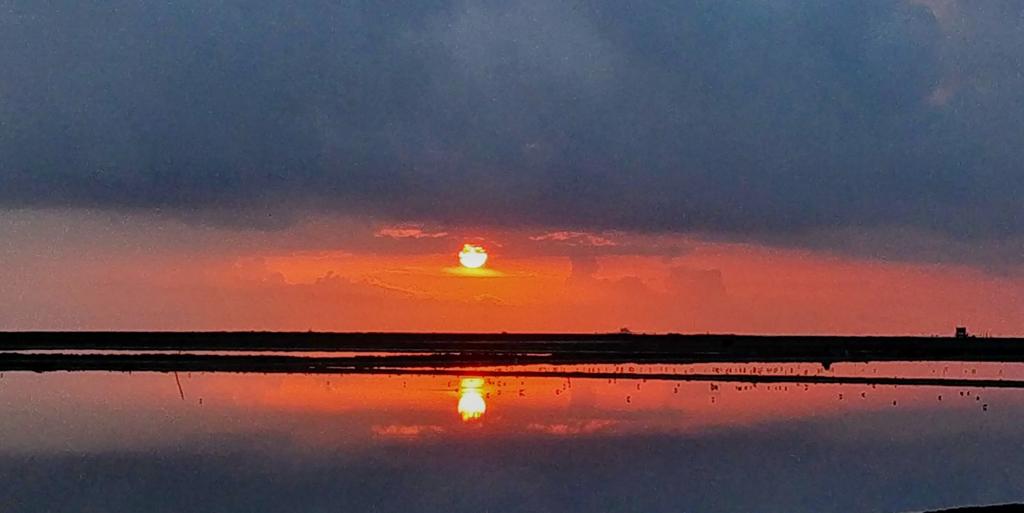
The International Union for Conservation of Nature (IUCN) has listed the Spoon-billed Sandpiper under the ‘critically endangered’ species. During one of our trips Clement showed me the picture of the bird in its breeding plumage, that was shot in Siberia. From that moment on my mind was set on seeing the bird. Not to over exaggerate the bird appeared in my dreams quite often and the desire to see this bird grew stronger every day. At that time the bird was then migrating to a small patch in the Sunderbans. It eventually stopped its annual visit there and started showing up in Thailand often.

Spoon-billed Sandpiper
It was, however, continued to be seen on the shores of Bangladesh.
My dream to go see the bird didn’t come true till February of 2018. As I was doing a ‘Big Year’ in 2018, it was not easy for me to take a break during while doing a big year.
Sompong Paan Nuamsawat, a guide from Thailand called me up on 28th January and offered to show me the bird. It was possible to be seen easily, he said. I was birding with Rofikul Islam, in Kaziranga when this conversation happened. I booked my ticket to Thailand during lunch break that day. A three day trip which I eventually cut short to two days after seeing the Spoon-billed Sandpiper, ‘ Spoony’ on the first day reaching Thailand itself.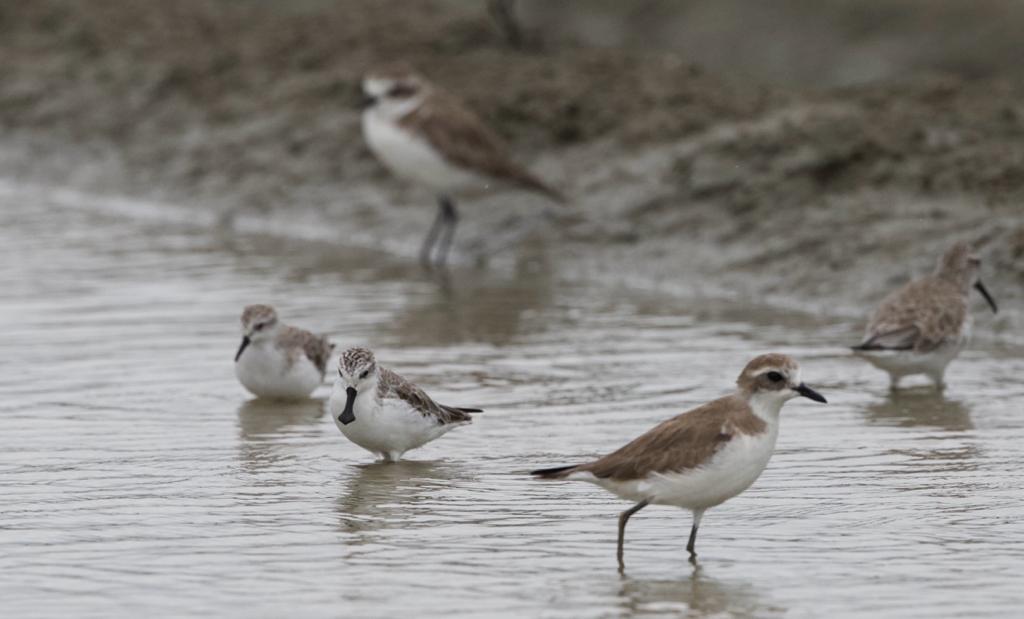
As soon as I landed, on 2nd February 2018, Paan drove me straight to the site after we grabbed sandwiches and ate as we drove to the site. In the morning tide was high and we had to find the bird before noon. The salt pans, adjacent to the shore, were full of Plovers and Red-necked Stints and other waders in large numbers. We had to locate one tiny bird with a paler face and paler chest among hundreds of similar looking birds. We have to focus on the beak which was a give-away for this bird. Paan set off with his field scope and halted briefly to scan the salt pans with his scope. I was trying to locate the bird with the 500 mm lens and was walking on the ridges. To make things worse it had rained in the morning and the ridge was slippery. After about two hours of scanning the area there was no sight of ‘Spoony’.
The salt pans ran into several miles. At around 9 am the salt workers arrived in hoards and started their work.
After a brief break, we set out to scan for the bird again. A huge flock arrived in a salt pan close by and there in that flock Paan spotted a ‘Spoony’. It was a task to spot a unique beak among the similar looking beaks and quite often with a short flight of the flock it would merge with the rest of the birds and you would you lose it again. One time the entire flock moved to the far end of a distant pond. Luckily, we could drive closer to the pond and we ran to the car, hopped in and drove off towards the pond. Parking right next to the pond, Paan pulled out his binoculars and spotted the bird. I could see the different beak amongst a big flock. The bird played hide and seek for a while as I focused and took a few bursts of shots. That was the most satisfying moment in my birding life. Seeing a critically endangered bird, feeling as it was speaking a story of its life which was almost on the verge of extinction. Each time I see an endangered or vulnerable species there is a surge of heaviness in me. That inexplicable feeing to learn that humans sometimes or more often contribute to the irrevocable loss of a species.
With this, we all have question to ask ourselves - ‘where are we heading?’
There are many fights to save various species of turtles, birds, mammals and other wildlife from going extinct and the huge World Wide Web of mutual cooperation between living creatures for survival is being fought bravely everyday.

34,474 thoughts on “Spoon-billed Sandpiper”